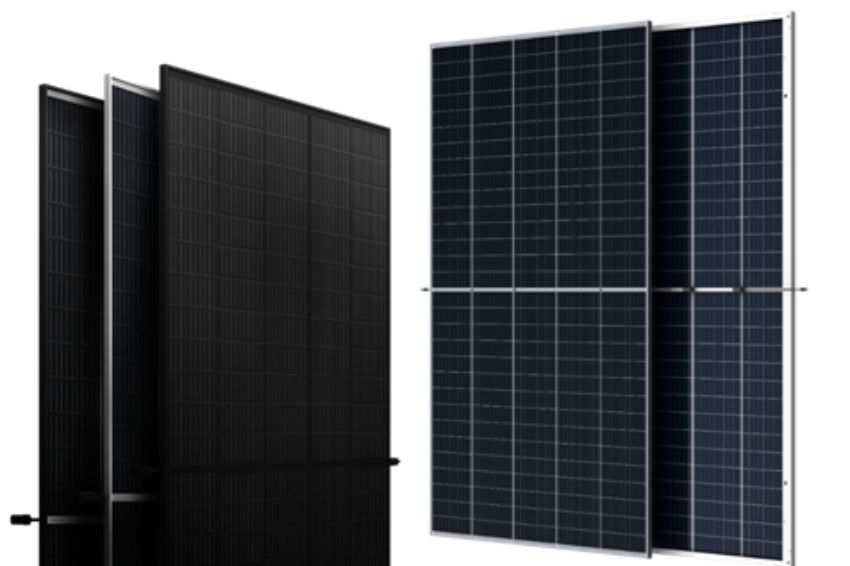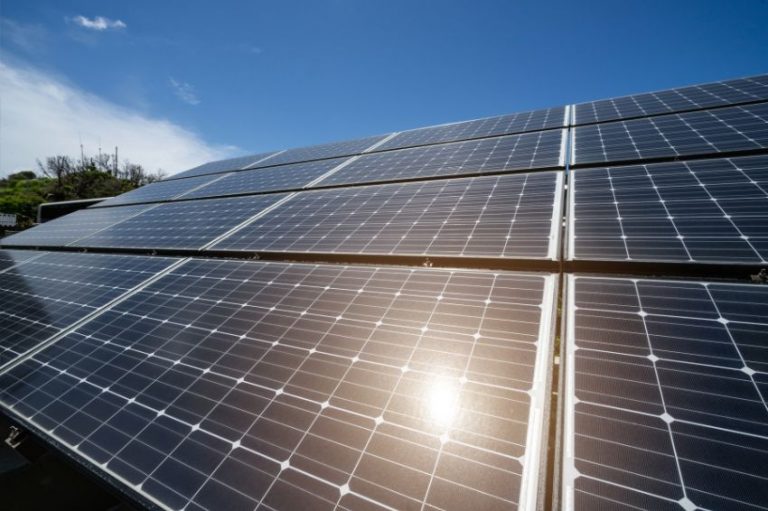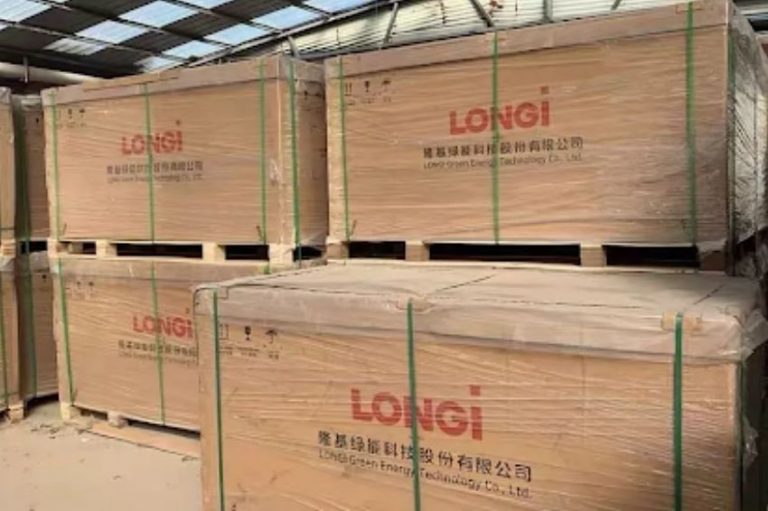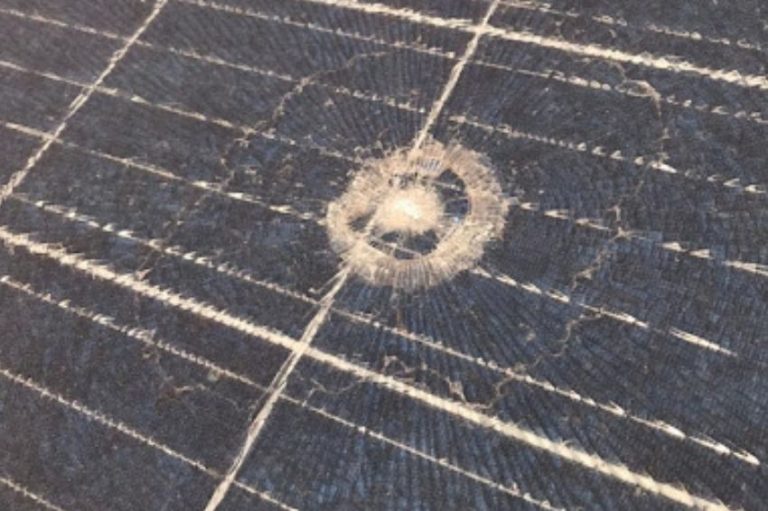Installing photovoltaic modules requires specialized skills and knowledge. It is important that before installing a photovoltaic system, the installer is familiar with the necessary mechanical and electrical requirements.
JA Solar, one of the largest manufacturers of photovoltaic modules in the world, has a series of explanatory videos on Youtube which summarize, through a creative and succinct approach, various topics related to the modules and provides, on your website, all relevant documents to guarantee the useful life of the equipment, such as installation manuals, cleaning manuals and datasheets.
In this article, I will explore the main points of recommendation.
It is worth noting that stepping on the photovoltaic modules is not permitted. Despite being extremely resistant, the cells are thinner than an eggshell, so any excessive and specific load can cause internal damage that is not visible to the naked eye.
The maxim “walking on eggshells” applies here: be careful and do not step on the photovoltaic modules, this way you avoid anything going wrong or compromising the performance of the solar energy system. Image 1 shows records of footprints and modules being stepped on.
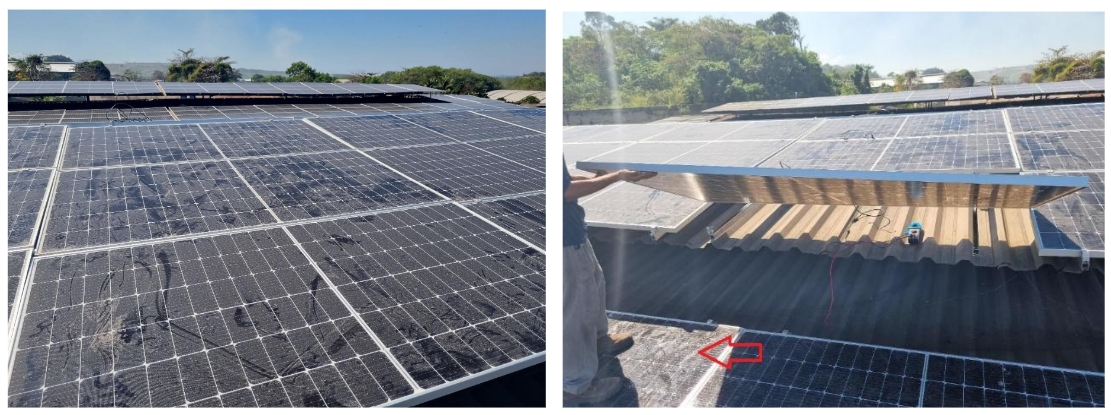
The linear thermal expansion of the module frame must be considered when designing the structures, requiring a minimum spacing of 10mm between modules in series and between rows of modules.
The purpose of this spacing is to avoid damage to the windows, caused by excessive tension and pressure exerted on the sides, as can be seen in image 2, figure on the right.
If the installation is on roofs, a minimum of 10 cm must be considered between the rear surface of the module and the roof so that heat exchange is adequate, there is no damage to the wiring and the module operates at its ideal temperature.

To ensure that the module can withstand the wind load it is subjected to, the rails need to be installed at specific points, as shown in the equipment manual. Image 3 illustrates this situation, showing the correct installation points for the rails.
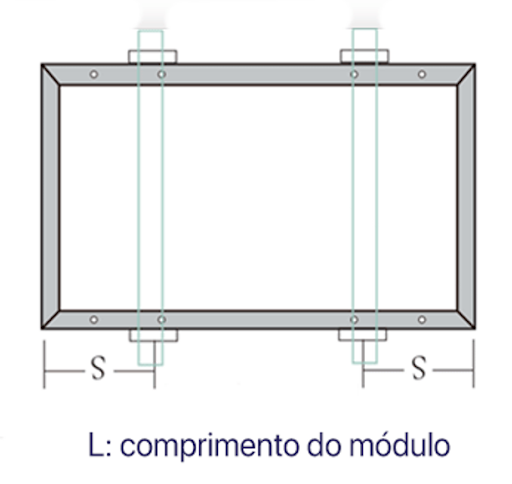
To exemplify the value of the distance S presented in image 3, the formulation below must be used:

L = module length;
S = distance in relation to the edge of the frame.
It is important that all connectors in the installation are compatible and that connections are frequently checked, as poor crimping can generate arcs and electric shocks.
Connectors cannot come into contact with organic solvents and corrosive materials, such as alcohol, oils and gasoline, as when they react with these products, the intermolecular forces of the polymer chains become weaker and more susceptible to interference, which could lead to cracks.
Image 4 shows connectors that suffered damage when reacting with oily substances.

In terms of electrical requirements, the maximum number of modules that can be connected in series must not exceed the maximum system voltage. Due to the negative temperature coefficient, it is necessary to find the minimum temperature recorded at the location and readjust the module voltage value, according to the formula:
Since technologies evolve and naturally become outdated and are no longer manufactured, it is necessary to keep in mind what are the prerequisites and conditions to be followed regarding the use of different photovoltaic modules in the same string or MPPT, whether by replacement or system expansion.
For the exchange to be successful, a module with similar power and open circuit voltage must be used to preserve the characteristics of the string, as well as the same technology and number of cells. Furthermore, the replacement module necessarily needs to have a higher short-circuit current than the modules present in the string.
JA Solar has a local and specialized technical support team available for consultation, and on the JA Solar website JA Solar Brazil, you will find all the information about the company and products available.
The opinions and information expressed are the sole responsibility of the author and do not necessarily represent the official position of Canal Solar.







